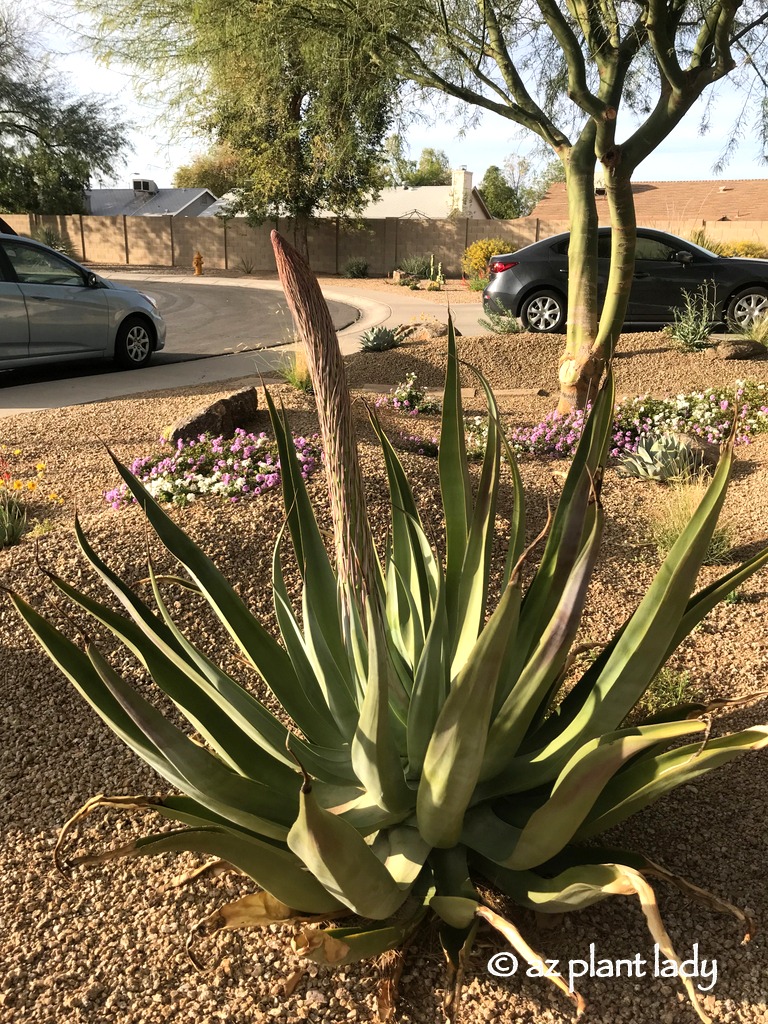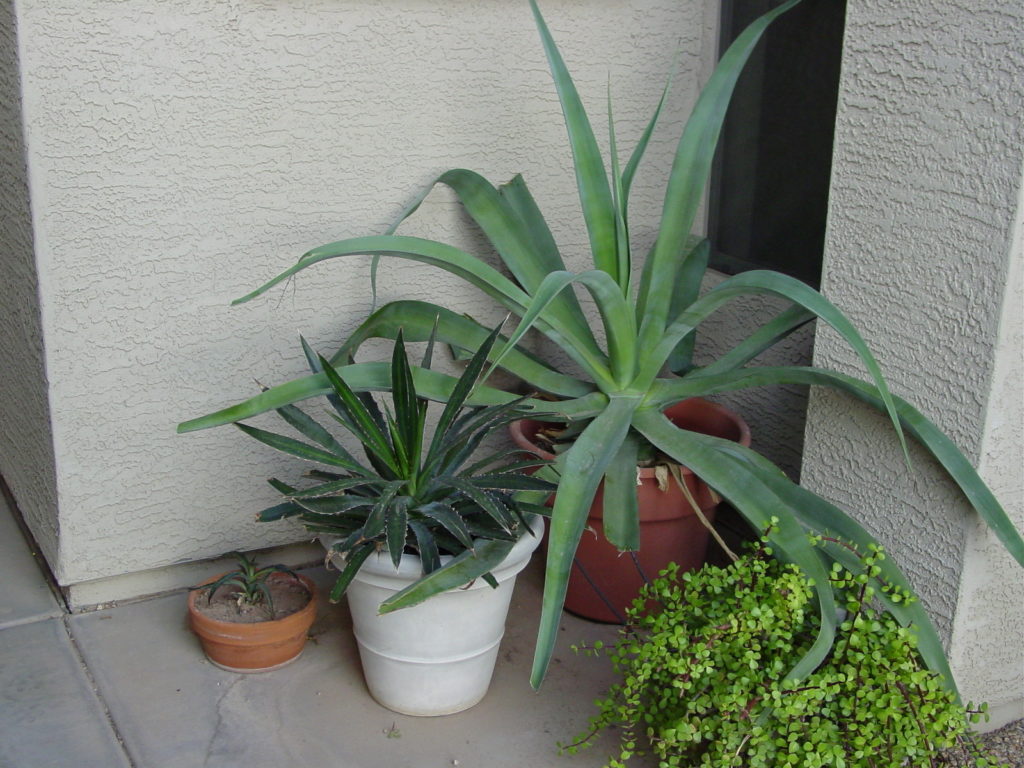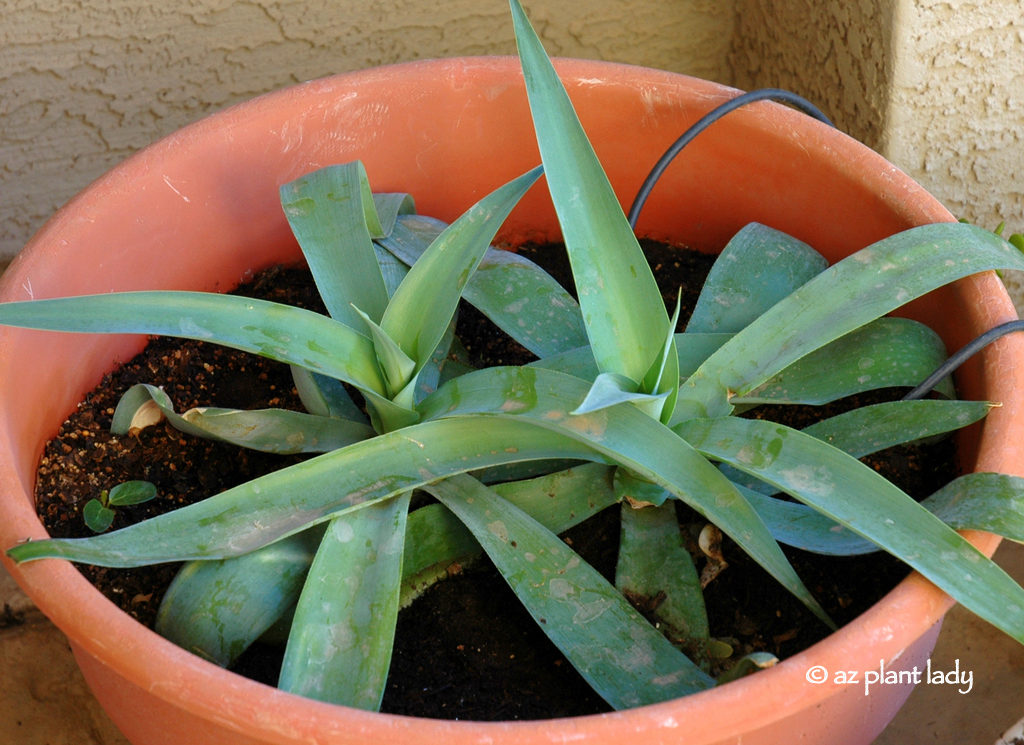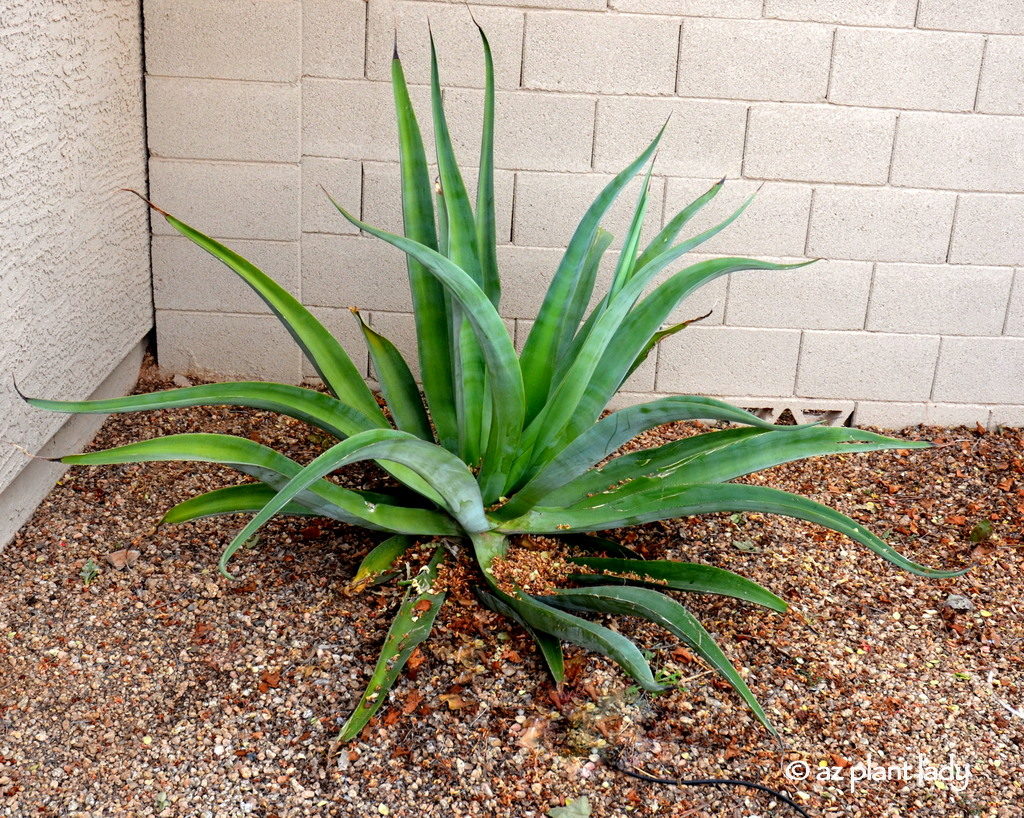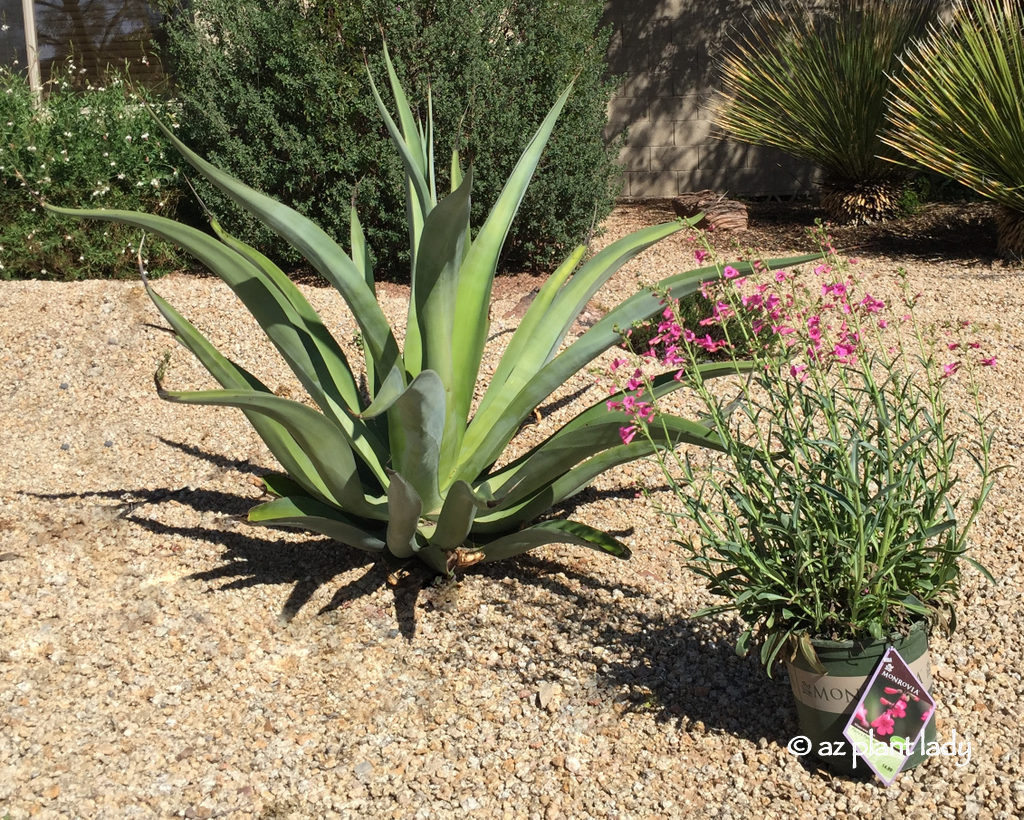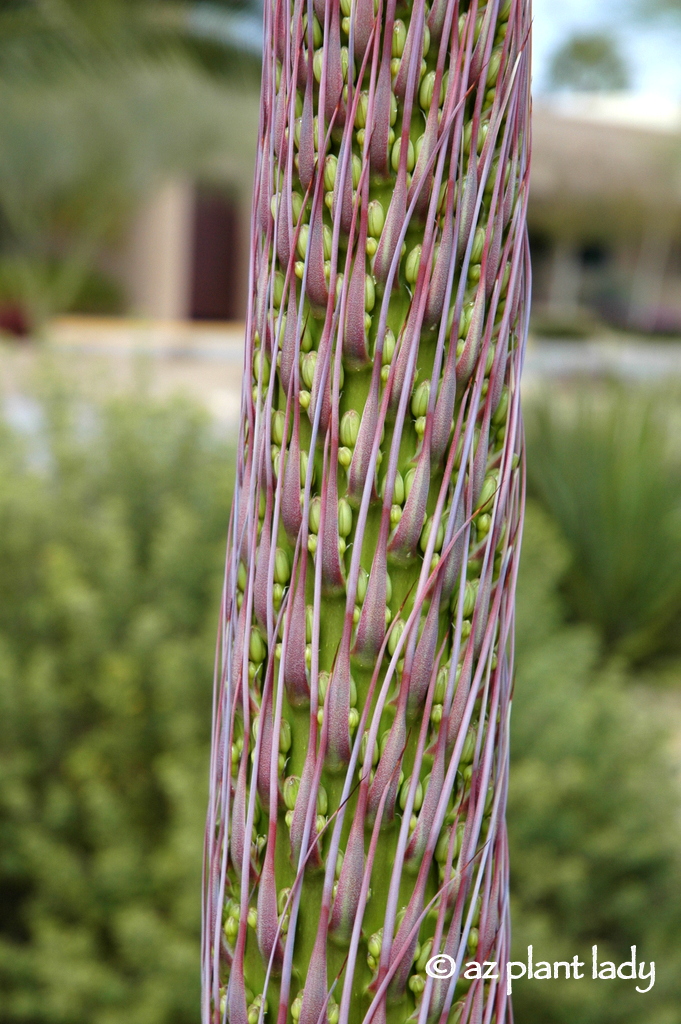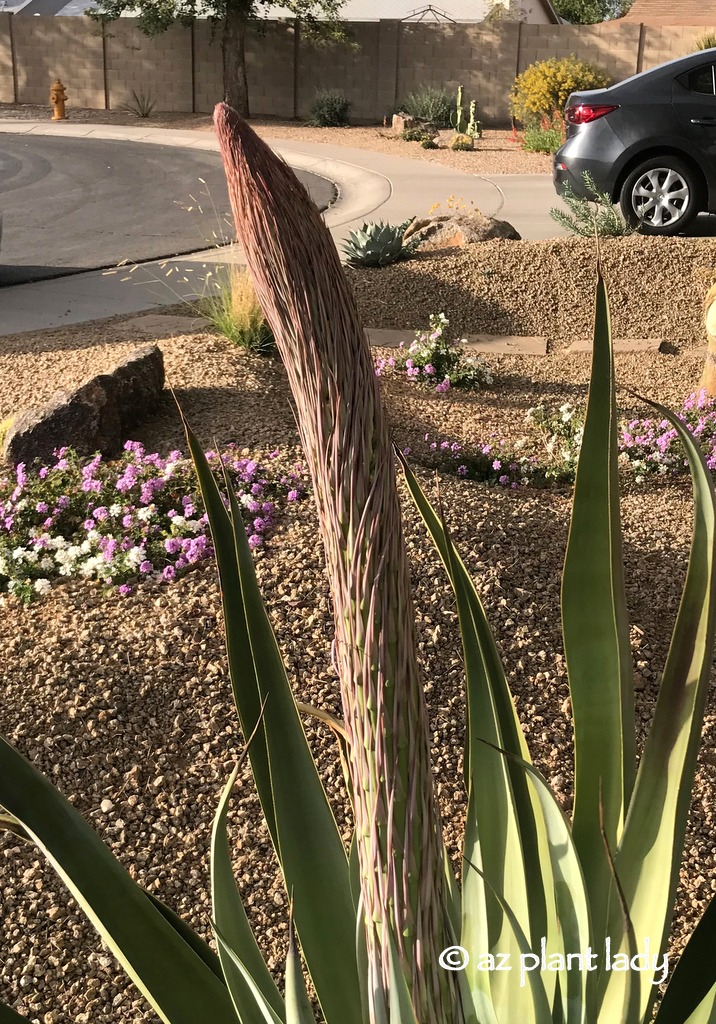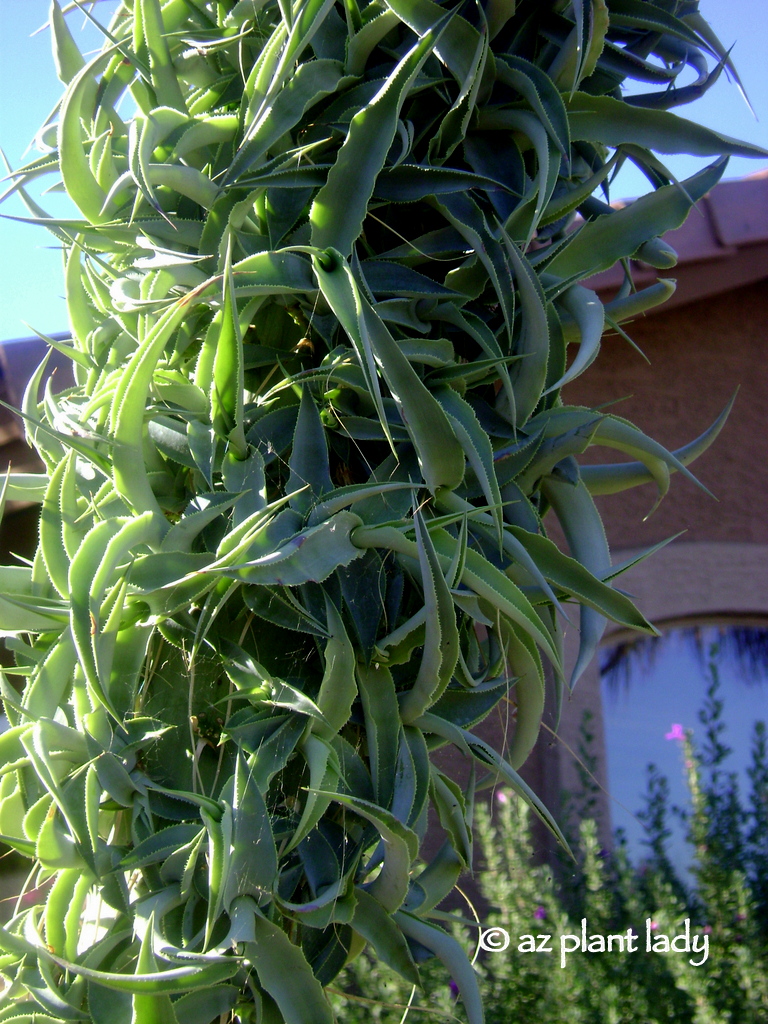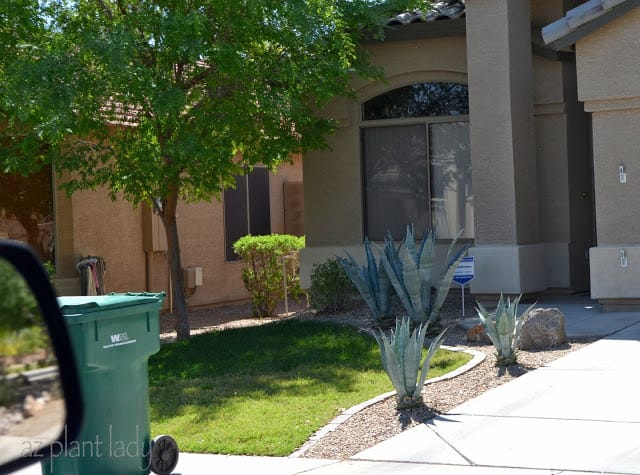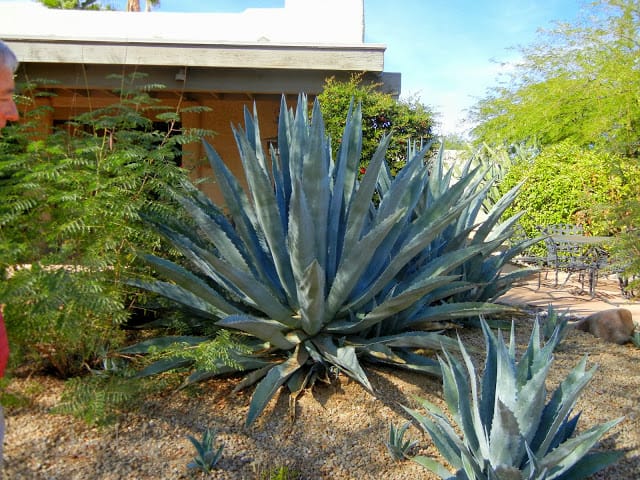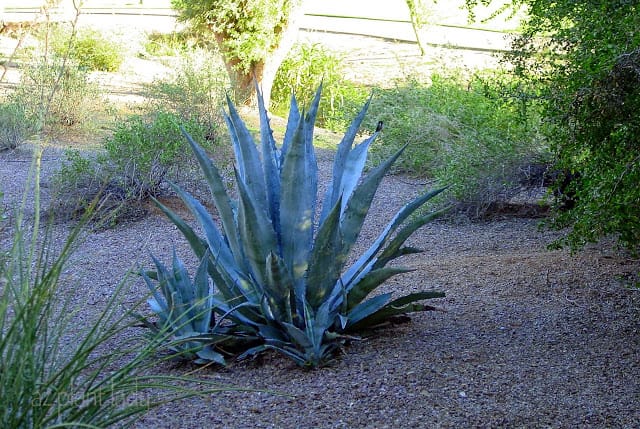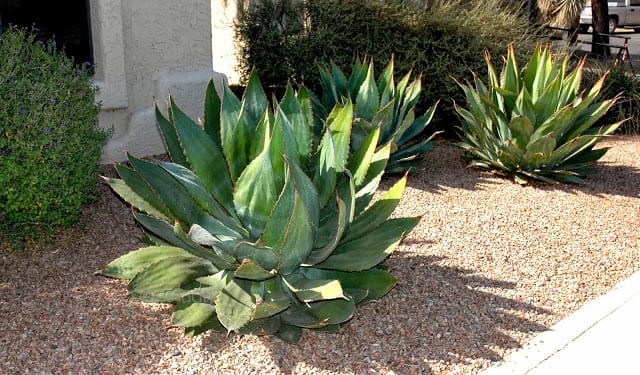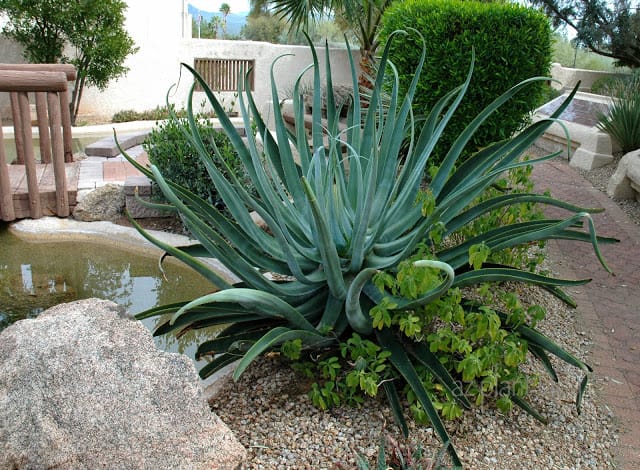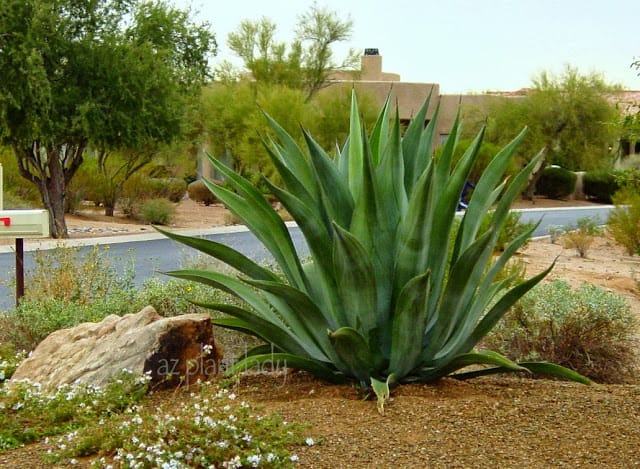Growing Octopus Agave: A Testament to the Cycle of Life
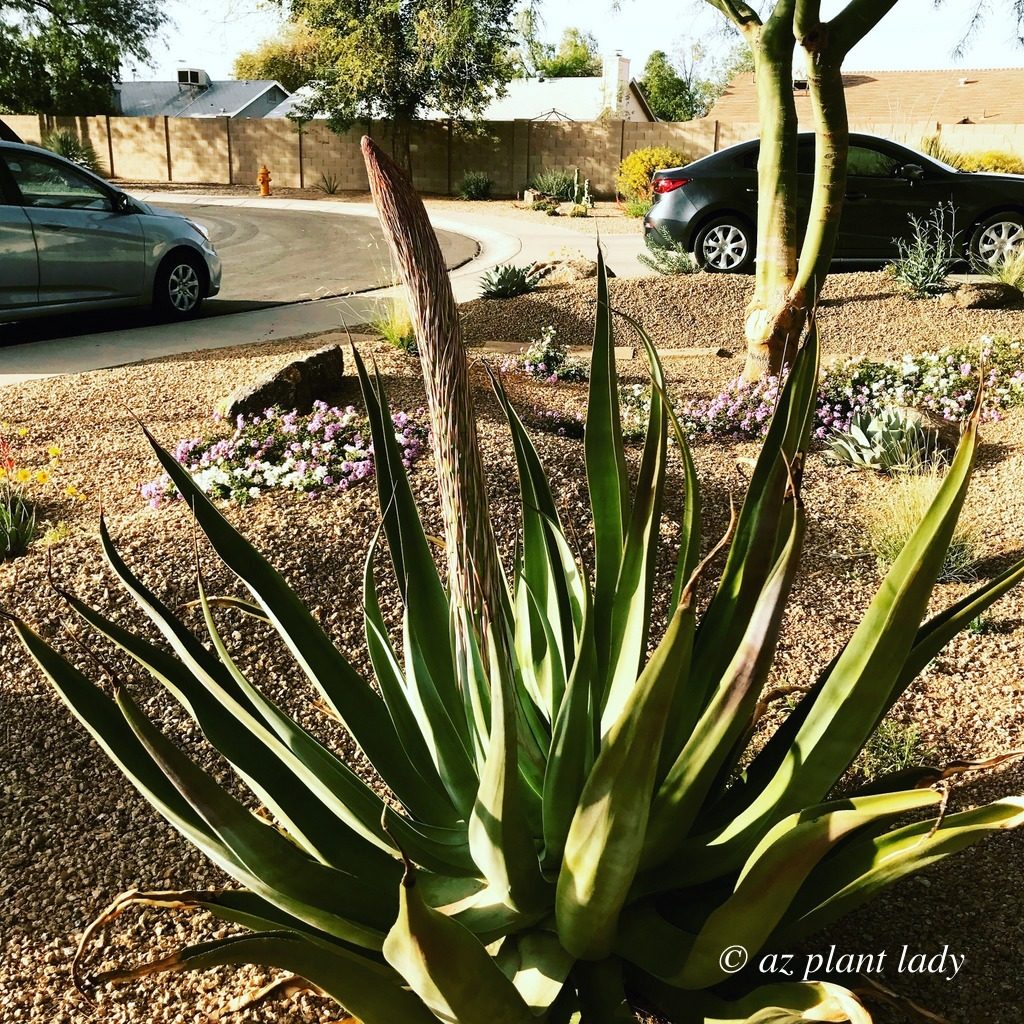
My favorite type of succulent are agave. While there are many different species, I’ll never forget the first one I ever grew. It was an octopus agave (Agave vilmoriniana) that planted years ago while in college studying for my horticulture degree. It has an unusual form and I love the plant. Even though that was long ago, I have a daily reminder of that first agave plant. Because its descendants are growing in my garden today.
The Grandbabies of the First Agave: Octopus Agave Life Cycle
This agave is the ‘grandbaby’ of the first one that I grew all those years ago. It was with a feeling of sadness when I noticed it sending up its flowering stalk late in winter. This is signalling that it was nearing the end of its life. At the same time, there was also a sense of excitement about new birth. There is the promise of a new generation of agave babies on their way.
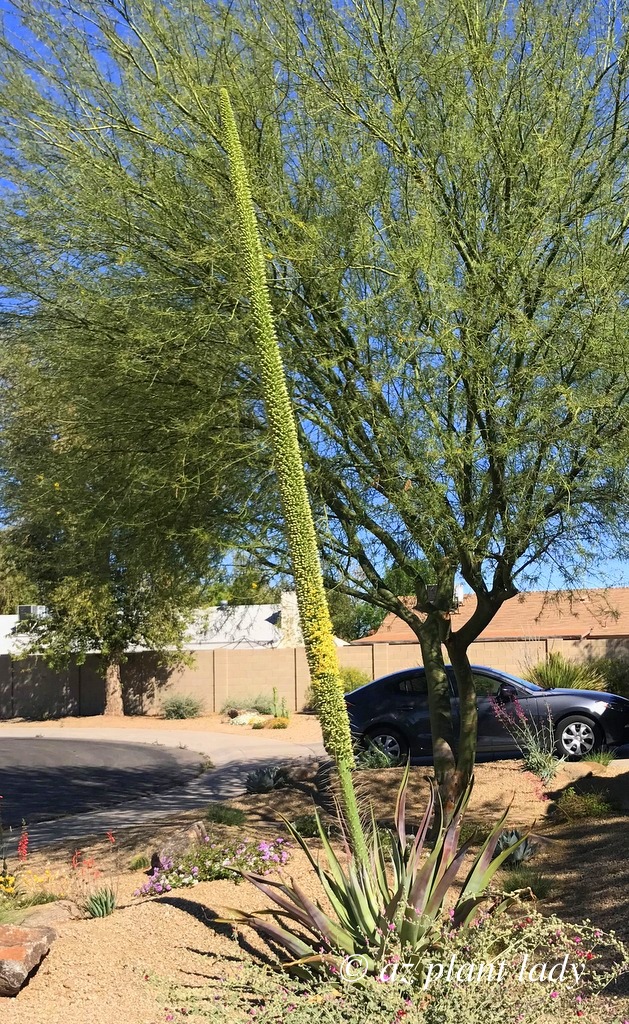
The Fascinating Flowering Process of Agave
The age that an agave is when it flowers varies between the different species. Some living for decades before they send up their towering spikes. With octopus agave, they generally live less than ten years before this wondrous process begins to take place.
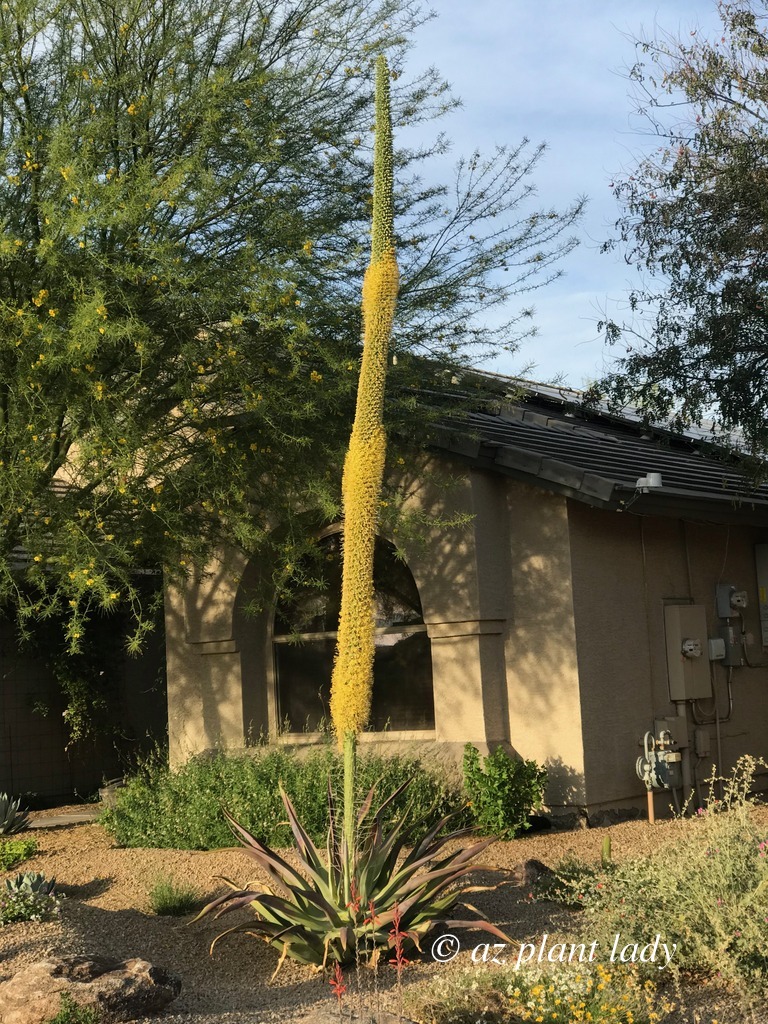
Watching the rate of growth of the flowering stalk of an agave never ceases to amaze me. They grow several inches a day.
Propagating Octopus Agave: A Lesson in Patience
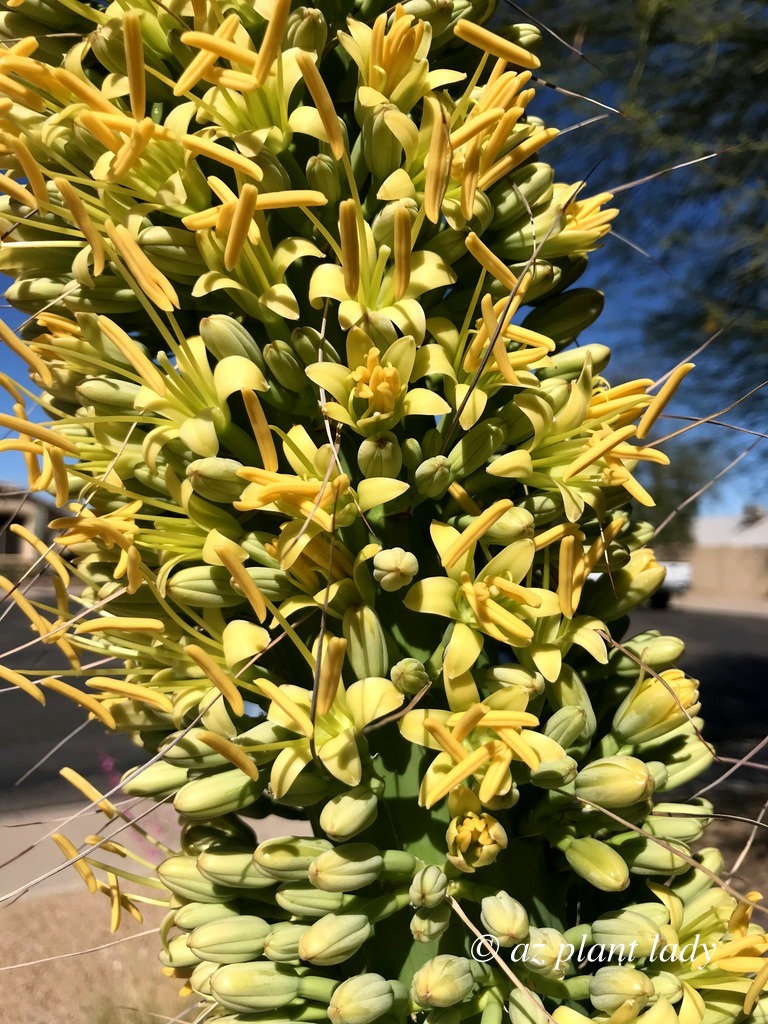
Golden yellow flowers began to open along the length of the giant stem. This is much to the delight of bees who happily pollinate the blooms.
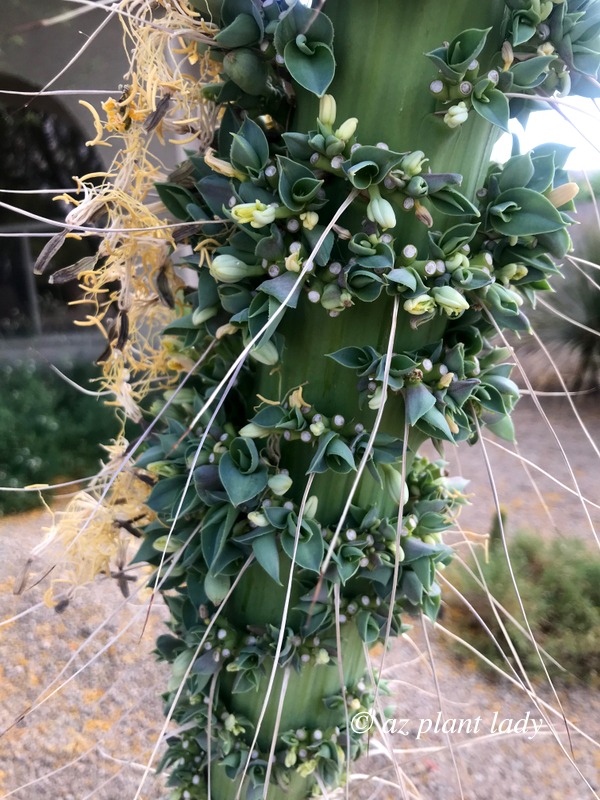
Pollinated flowers soon gave way to tiny octopus agave along the stem.
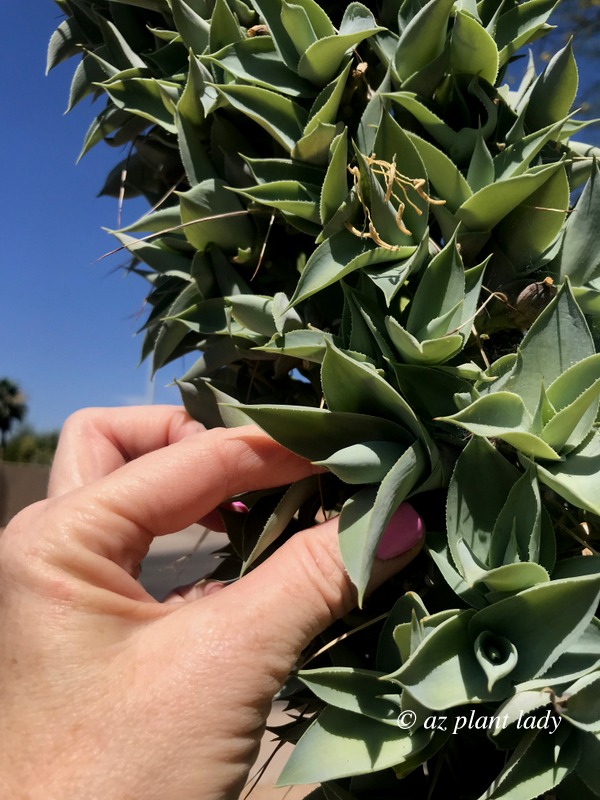
And a few weeks later, they were ready to be picked. Definitely ready to create a new generation of octopus agave for my garden.
Nurturing Agave Offspring
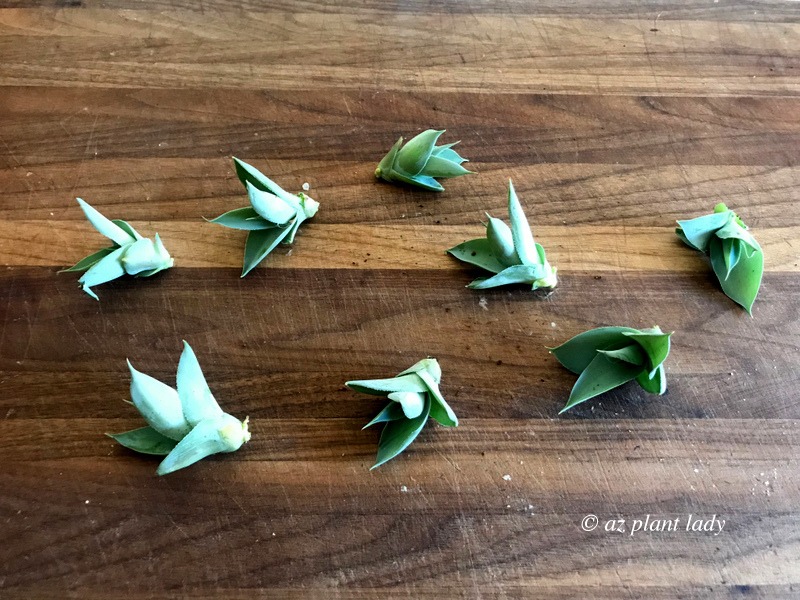
There are probably over a thousand small agave growing along the stalk. However, I selected only nine to represent the next generation. I’m not likely to plant all of them in my garden once they are rooted. But it’s a good idea to select a few more than you are planning for in case some don’t make it, or if you want to give a few away.
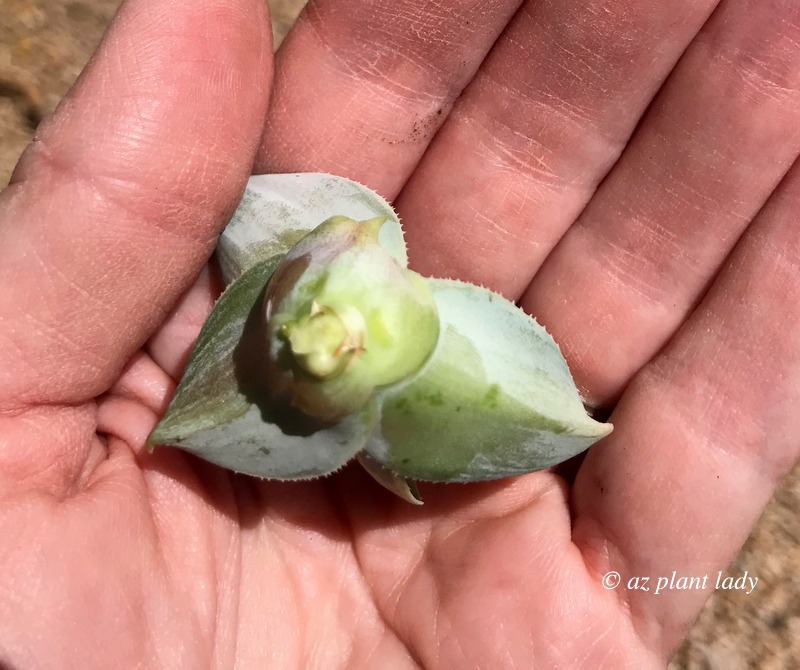
Each baby agave is called a ‘bulbil’. They don’t have any roots yet, but will soon appear when planted.
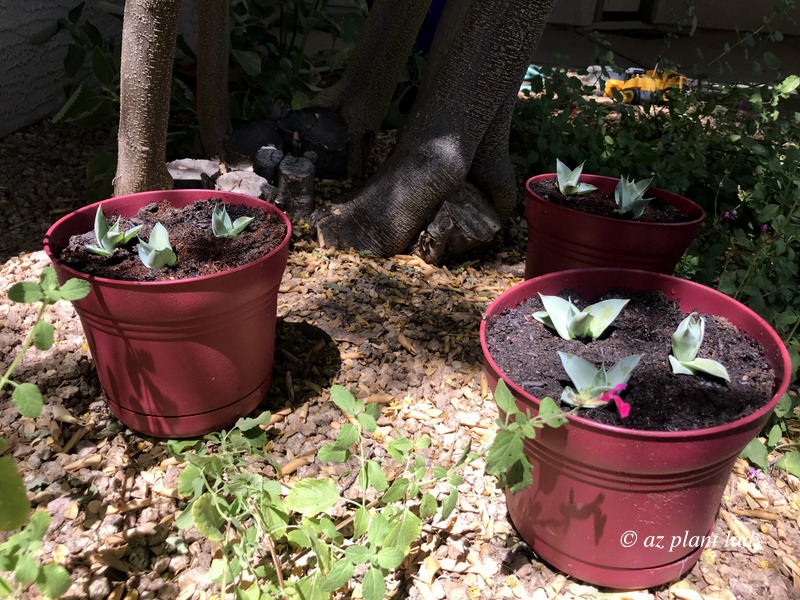
I filled three pots with a planting mix. This mix is specially formulated for cactus and succulents. That means it is well-drained, which is important when growing succulents. Three agave babies went into each pot. I placed in the backyard in an area that receives morning sun and filtered shade in the afternoon. Placing them in full sun all day would be too difficult for them at this stage as they still need to grow roots.
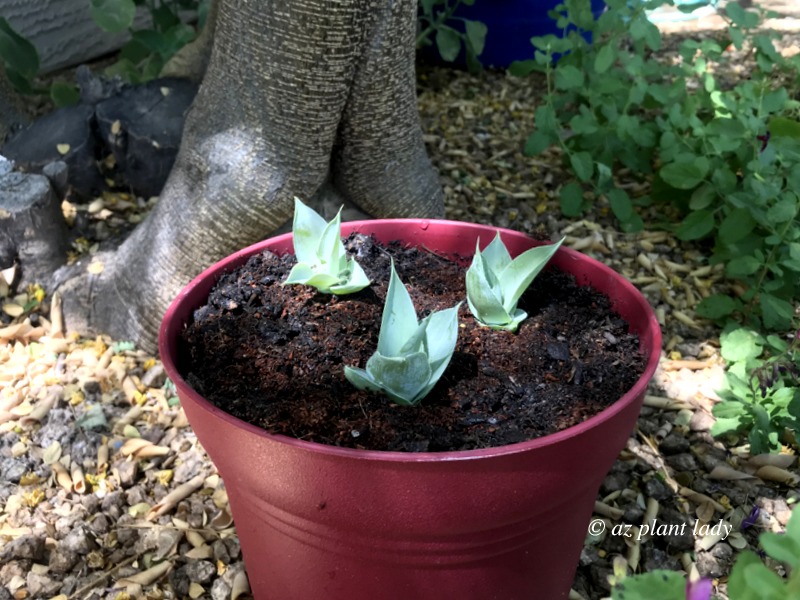
My job now is to keep the soil moist but not soggy. Roots will then form, which should take approximately 3-4 weeks. At that time, I can start to space out the watering to every five days or so. Eventually, I will move them out of the pot. Then transplant them into the garden or into a large container (2 1/2 feet tall and wide). There they can make their new home.
Continuing the Agave Legacy
I’m not sure where I will plant each new octopus agave. But I will transplant one to where the parent plant used to be, continuing the cycle of life.
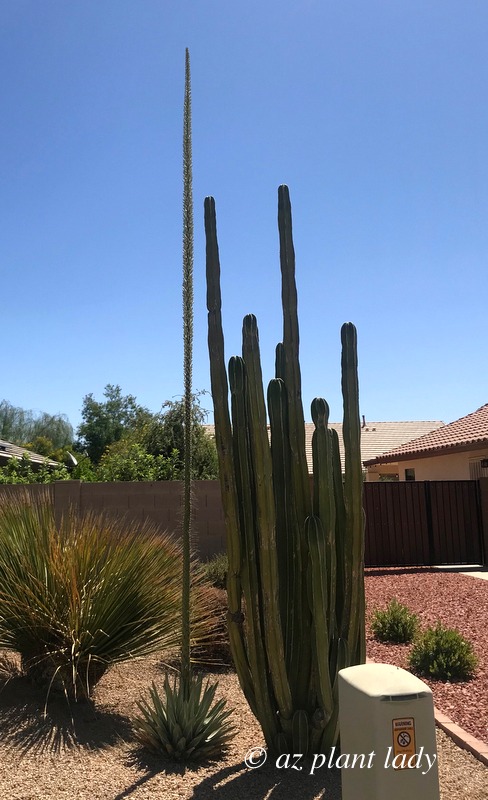
The baby boom isn’t over. Soon, I will be welcoming another set of baby agave into my garden as my King Ferdinand agave has also sent up its flowering stalk. This species is somewhat rare in the landscape and takes a very long time before it flowers, so I am very excited to welcome its babies next month.

